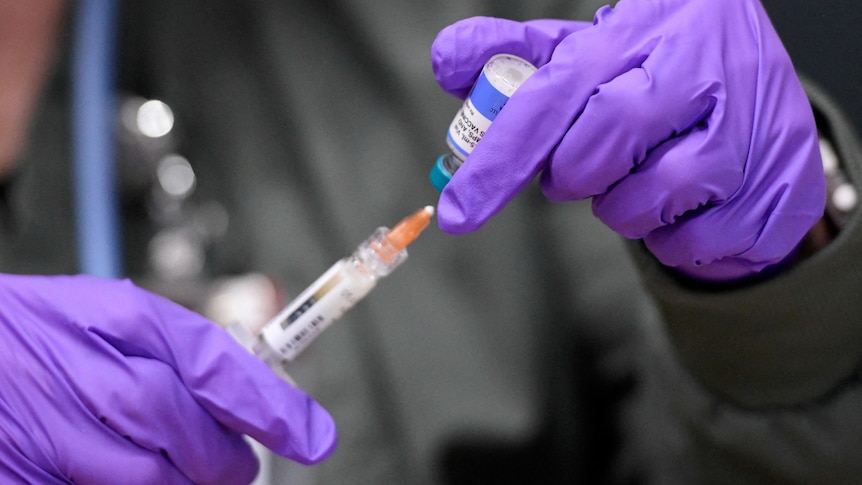
The World Health Organization (WHO) has issued a stark warning to Aotearoa New Zealand, urging the nation to address “alarming” gaps in measles immunisation rates, particularly among Māori and Pacific communities. This call to action follows a WHO review last year that identified the country’s measles vaccination rates as the lowest since 2012, putting New Zealand at risk of another significant outbreak if these gaps are not promptly addressed.
New Zealand had successfully eliminated measles in 2017, but a major outbreak in 2019 saw over 2,000 individuals infected and 700 hospitalised, many of whom were young children. Currently, there are eight confirmed cases scattered across Manawatū, Nelson, Northland, Taranaki, Wellington, and Auckland, heightening concerns of a potential wider community spread.
Current Vaccination Rates and Risks
Alarmingly, only 72 percent of Māori children under five are vaccinated, compared to 82 percent across the general population. The WHO emphasizes that at least 95 percent coverage is necessary to prevent outbreaks. Public Health Director Dr. Corina Grey expressed that the Ministry of Health shares the WHO’s concerns.
Pacific health researcher Chris Puli’uvea highlighted the serious risks facing Pacific communities, stating,
“There is a 95 percent level where we need to be [with immunisation]. I believe we may even be behind the general population. For example, in the Bay of Plenty, vaccination rates are well behind other ethnic groups in that region.”
The Contagious Nature of Measles
Dr. Puli’uvea further warned of the ease with which measles can spread, noting,
“One infected person could affect up to 18 other people. The virus lingers in the air for several hours, which encourages spread. It’s far more infectious than COVID-19, and that’s a concern for our Māori and Pacific communities.”
He added that the virus can be transmitted before symptoms appear, complicating containment efforts.
Complex Causes Behind Low Vaccination Rates
The lower vaccination rates among Māori and Pacific communities are attributed to a complex interplay of factors. Dr. Puli’uvea explained,
“It’s a difficult question… key lessons from COVID-19 showed us the importance of engaging with communities, particularly the faith community, and addressing misinformation and disinformation.”
He also pointed out logistical challenges, such as people struggling to find time to get vaccinated due to work commitments. Additionally, there is confusion among some individuals, particularly those born in the 1990s onwards, about their immunisation status.
Efforts to Increase Immunisation
In response to these challenges, the Ministry of Health has expanded vaccination access through pharmacies, general practitioners, and health centres. They have also introduced incentives for timely childhood immunisations. Dr. Grey emphasized,
“Every child vaccinated helps protect the whole community.”
Dr. Puli’uvea urged individuals to ensure their immunisations are up to date, stating,
“With MMR, I simply encourage people to go and get vaccinated. There’s no harm in getting the full course again. It protects not only the individual but also prevents spreading the virus.”
Looking Ahead
The WHO’s warning serves as a critical reminder of the ongoing challenges in maintaining high vaccination coverage. As New Zealand works to close these gaps, the focus remains on community engagement and addressing the barriers that prevent individuals from accessing vaccines. The country’s ability to prevent future outbreaks will depend on its success in achieving and maintaining the necessary immunisation thresholds.
As the situation develops, health authorities will need to continue their efforts to ensure that all communities, particularly those most at risk, receive the protection they need against measles.






